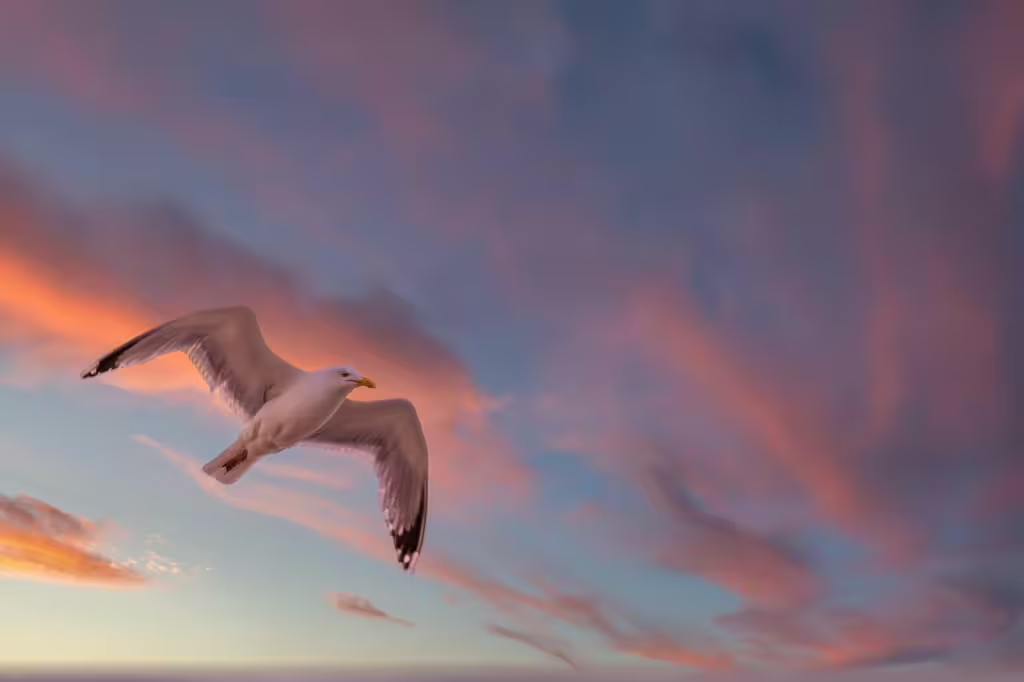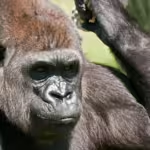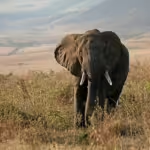When we think about birds, we tend to imagine the birds in our own backyards. If we live in the suburbs, we think sparrows, robins, or crows. If we live in the tropics, parrots, and if we live on the coast—like 15% of the global population does—then we probably think of seabirds. From the Atlantic to the Pacific and all the way down to the South Pole, seabirds of every shape and size soar, dive, and nest near the water.
Penguins, albatross, gulls, boobies, puffins; in every country on the planet, these iconic avians are symbols of the oceans and the vast array of life they represent. Yet these animals are more than just beautiful symbols, they are ecological mainstays—links between the land and the sea. Their roles and value lie in transferring nutrients from one ecological realm to the next and shaping entire ecosystems with their very presence.
In this article, we will discuss why seabirds are to important to the health of our oceans and our coasts. We will examine several iconic species, their adaptations, and their roles in the grand panoply of nature. At the same time, we will talk about the enormous challenges these bodacious buoyant birds face from climate change, overfishing, pollution, and more. By the time we’re done, perhaps you too will get gain new appreciation for the the humble seabird.
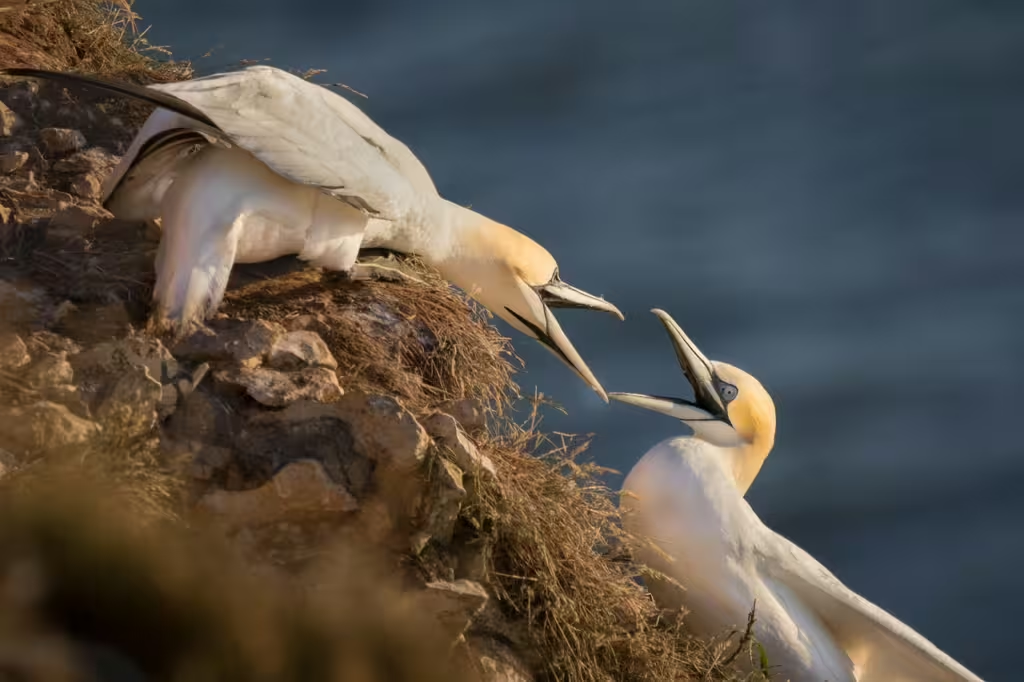
What is a Seabird?
When we use the term seabird, we are referring to any number of bird species that depend largely on the ocean for food. Not to be confused with freshwater wading birds like ducks or herons, seabirds forage and survive in saltwater habitats. Some of them live offshore in the open ocean, in coastal shallows, along beaches, or atop cliffs. They often nest in dense colonies on islands, cliffs, or dunes. They do this because predators tend to not live near such places and because there is safety in numbers.
There are a number of families included in this avian sub-genre, including:
- Albatrosses and petrels (Procellariiformes): The so-called masters of long-distance flying.
- Gulls, terns, and skuas (Laridae and allies): We likely know them as loud, seafaring vermin, but you cannot deny that these opportunistic feeders hunt and scavenge with equal aplomb.
- Cormorants and boobies: These unique birds are diving specialists that hunt by plunging or swimming underwater in order to catch undersea prey.
- Penguins: Iconic animals that need no introduction. They are flightless divers best adapted to living in the colder seas of the Southern Hemisphere.
- Puffins, murres, and auklets (Alcidae): These penguin-like birds are the Northern Hemisphere’s equivalent to their southern cousins.
Adaptations for a Life at Sea
Though there is a great deal of diversity among the aforementioned groups of animals, seabirds share a few common adaptations:
Salt Glands
What might seem somewhat elementary to us, is actually a fundamental challenge that seabirds need to overcome. That challenge involves having to live, drink, and eat in a highly salinated environment. They do this by way of a set of specialized salt glands, located just above their eyes. These glands excrete excess salt as the birds imbibe it, allowing them to survive on seawater and salty prey.
Flight Mastery
Not all seabirds fly (see penguins for example) but those that do have evolved to be able to power through the unpredictable winds, weather, and distance that come pre-packaged with a life at sea.
- Dynamic soaring: Albatrosses are the most famous example of this type of sustained, long-distance flight. These birds have learned how to harness wind currents to glide thousands of miles while expending minimal energy in the process.
- High-speed dives: Gannets, cormorants, and boobies are divers. Often found living on coastal cliffsides, these birds must take the plunge from great heights, folding their wings at the last instant to pierce the water like arrows; all without injuring themselves in the process.
- Underwater flight: Penguins and puffins may not have wings for flying, but they are perfectly serviceable as flippers, enabling to “fly” through the water as other birds do through the open air.
Colonial Nesting
Many seabirds breed in massive colonies. These humungous groups of birds can sometimes number in the millions, allowing them to protect one another from any predator brave enough to happen upon them. Birds that live in colonies have even been known to “mob” intruders, attacking or outright killing them if they pose even the slightest threat to eggs, chicks, or brooding birds.
Seabirds as Nutrient Transporters
Perhaps the most profound ecological niche that seabirds inhabit involves their role as nutrient transporters. Through their feeding and defecating, seabirds transfer vital nutrients between marine and terrestrial ecosystems.
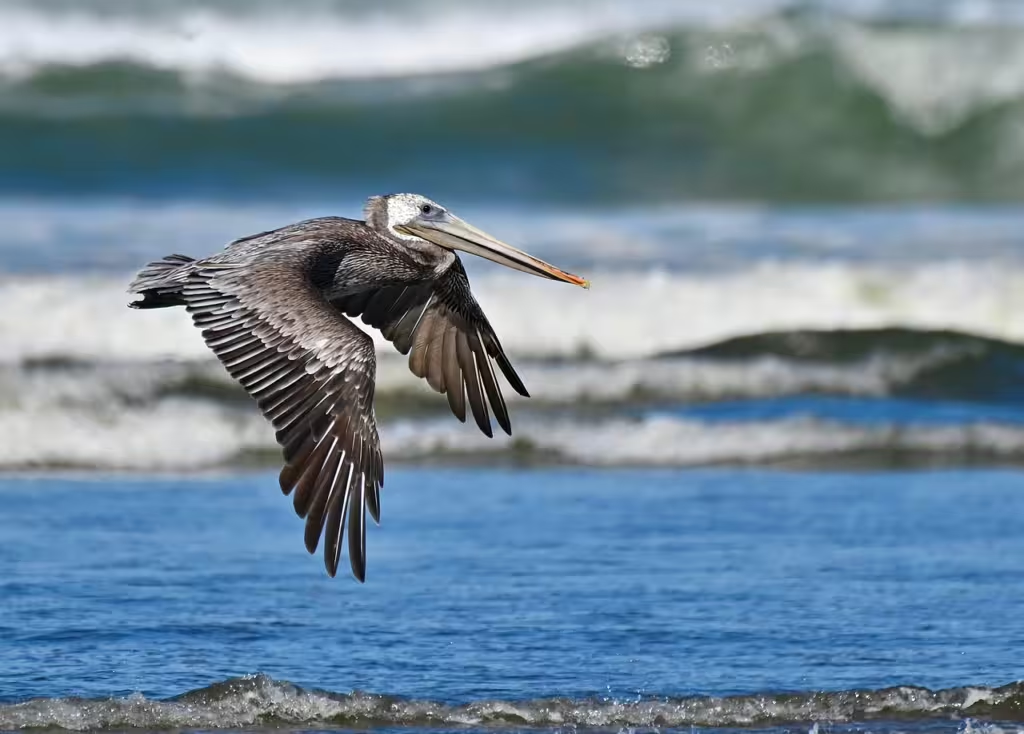
Guano: Fertilizer of the Seas and Land
Seabird droppings, known as guano in some circles, are rich in vital nutrients such as nitrogen, phosphorus, and others. Birds are known to defecate anywhere and everywhere they fly or roosts, so islands and coastal cliffs are full of the stuff. When these droppings find their way into the local soil, they fertilize it, supporting the lush vegetation that is vital to so many island ecosystems. These plants then sustains the local insects, reptiles, and even human populations, in turn.
Guano is also good for seawater too! When washed into the ocean, it boosts marine productivity, fueling plankton blooms that then support the food web that includes marine fish and invertebrates. Meanwhile, those same lifeforms are consumed by seabirds, which turn them into guano in turn, thus creating a vital nutrient cycle.
In the same fashion, seabirds that forage far out at sea and bring nutrients back to nesting sites are essentially acting as biological links between land and see. Their movements connect pelagic (open ocean) food webs with coastal or inland terrestrial systems. In this way, nutrients which may be poor in one area are transferred from another, enhancing all connected ecosystems.
Seabirds as Predators and Prey
Predators of the Sea
Seabirds might not be counted among the raptors when it comes to their prowess as avian predators, but their presence within the marine ecosystem allows them to help regulate populations of fish, squid, and crustaceans. Unlike humans, seabirds rarely deplete fish stocks themselves, though their predation patterns are crucial to maintaining balance in marine food webs.
- Terns: Feed on small schooling fish, helping to keep those populations in check.
- Penguins: These iconic animals consume massive amounts of krill and though they do compete directly with whales and seals for this food source, they are still an important piece of the arctic sea ecosystem.
Prey for Others
Seabirds are also pretty tasty as far as other predators are concerned. They themselves are eaten by sharks, seals, whales, and predatory fish who keep their eyes on the skies. On land, seabird eggs and chicks often fall victim to invasive species like rats and cats, which represents a major conservation concern on nesting islands.
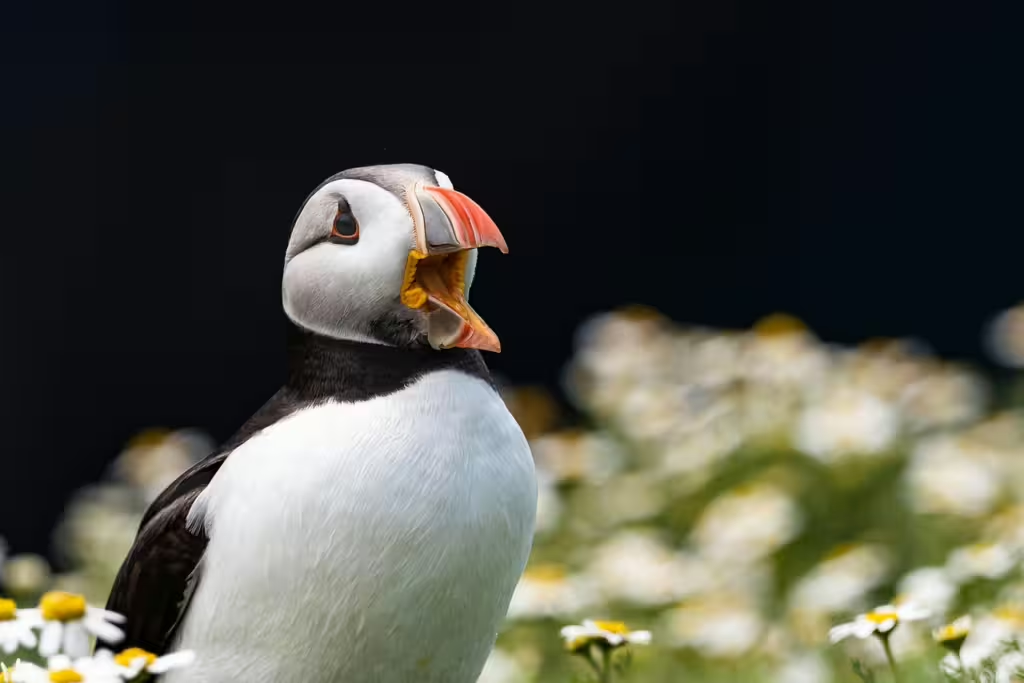
Ecosystem Engineering
On some islands, the buildup of guano over centuries has actually changed the physical landscape of the place, creating soils rich enough to sustain forests. One prime example of this involves tropical seabird colonies helping to transform bare atolls into utopian oases of biodiversity. The waters surrounding these islands also tend to be richer and more diverse for the same reason; because nutrients from guano actually aid in promoting the growth of plankton; which forms the base of most marine food webs.
Threats Facing Seabirds
Overfishing is one of the main threats to modern seabird populations. The consistent reduction in forage fish stocks has left some seabirds starving over the course of more than one breeding seasons. Pollution from plastic, oil spills, and chemical toxins is another main concern. Many birds are hormonally affected by chemicals, which can make for weaker populations with each subsequent generations, while injested plastic and suffocating oil present their own deadly problems.
Meanwhile, climate change still looms largely over nearly all marine ecosystems. The warming seas, rise in water level, and destructive unpredictable weather are just a few of the fatal problems it presents for seabirds; not to mention the billions of humans who live along the world’s coastlines.
Conservation Success Stories
Despite challenges, conservation efforts have yielded some positive results. Rats and other invasive species have been all-but eradicated on some islands. Meanwhile, seabirds and their nesting sites are often part of marine protected areas, which helps to boost populations and allow for better food availability. The regulation and management of the fishing industry has been a boon to seabirds and marine animals of all kinds. Tightened restrictions on fisheries helps reduce competition, reinvigorate declining populations, and slow down the rate of bycatch. Pollution control and cleanup, as well as a marked reduction in chemical dumping in the past half-a-century has also done wonders for many formerly declining seabird populations.
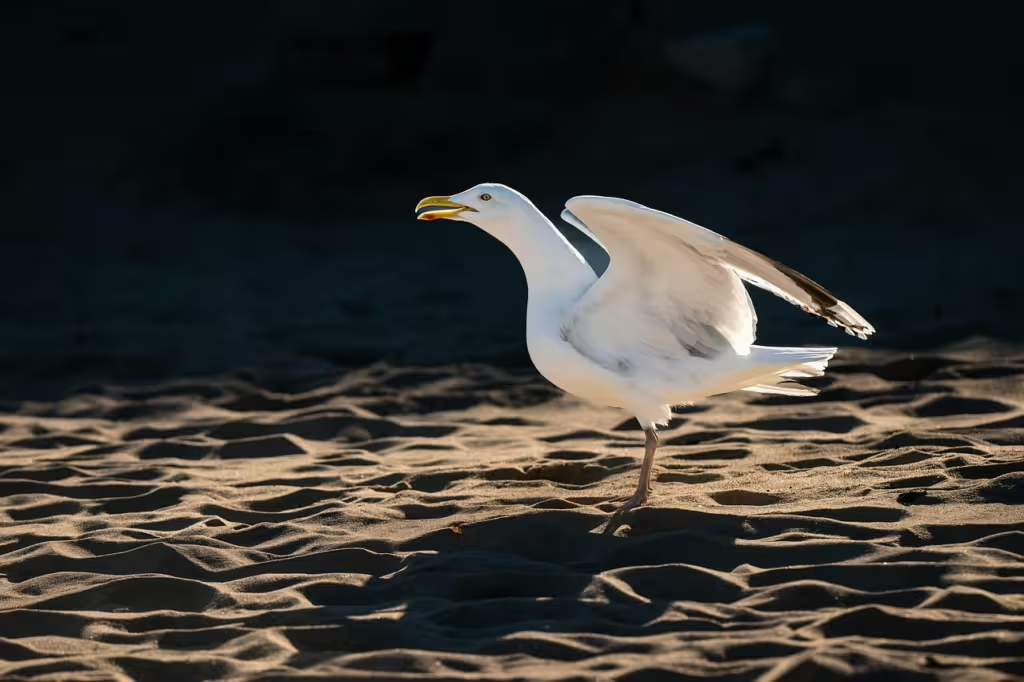
True Investigator Says…
As you can see, seabirds are more than silhouettes on a seascape. These creatures are ocean wanderers, ecosystem engineers, nutrient transporters, predators, prey, and good indicators that an ecosystem is healthy or in peril. planetary health. Birds might appear pretty simple to the uninitiated, but they are complex in design and behavior. Moreover, their influence is such that even their guano (or lack thereof) can seriously affect the well-being of the creatures that live in and around their habitats.
It is no secret that we live in a time of global ecological change. The dangers paused by pollution, climate change, and habitat destruction loom large over our seabird populations in every place their call home. Their numbers are already decreasing and as those populations are intrinsically tied to our own continued survival, it falls to us to do all we can to protect these creatures. If we succeed, seabirds will continue to enrich our coastal ecosystems for centuries to come. Without them, the balance of both terrestrial and marine ecosystems—and the resources humans rely on—could collapse into a cataclysmic mess.
Discover more from TrueInvestigator
Subscribe to get the latest posts sent to your email.
